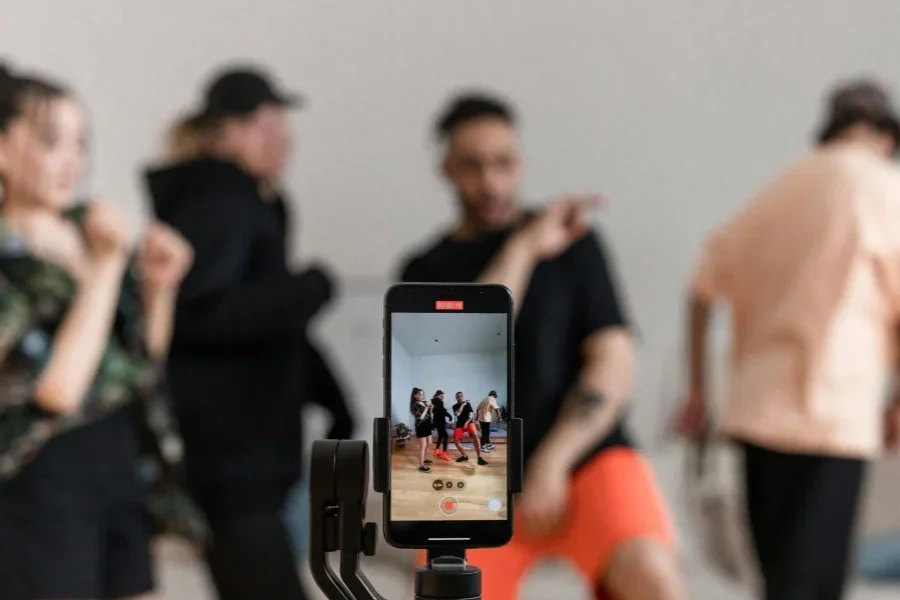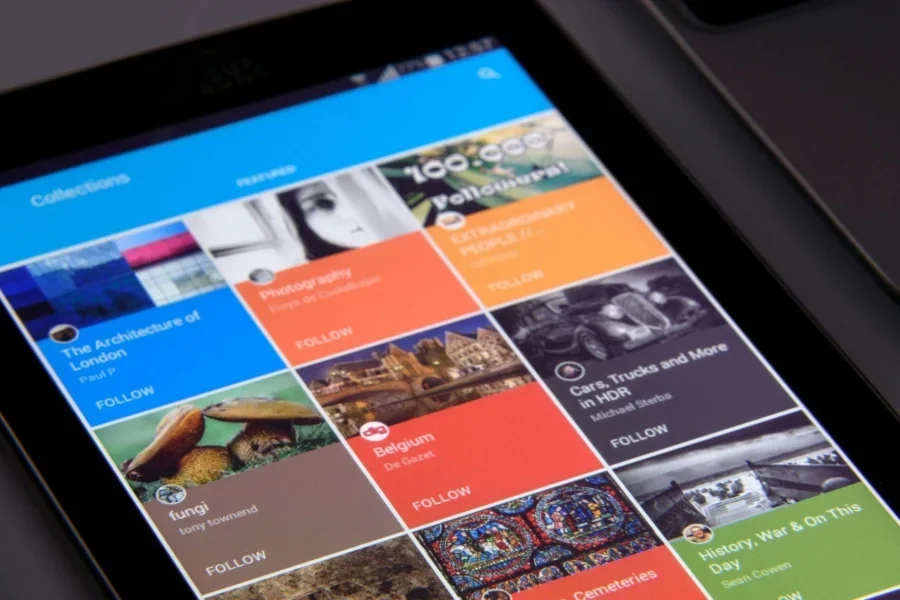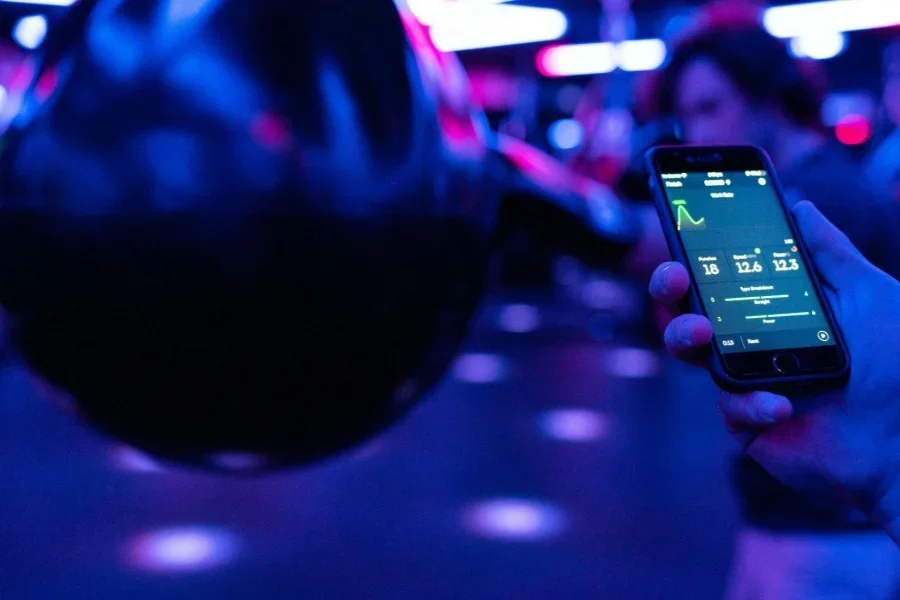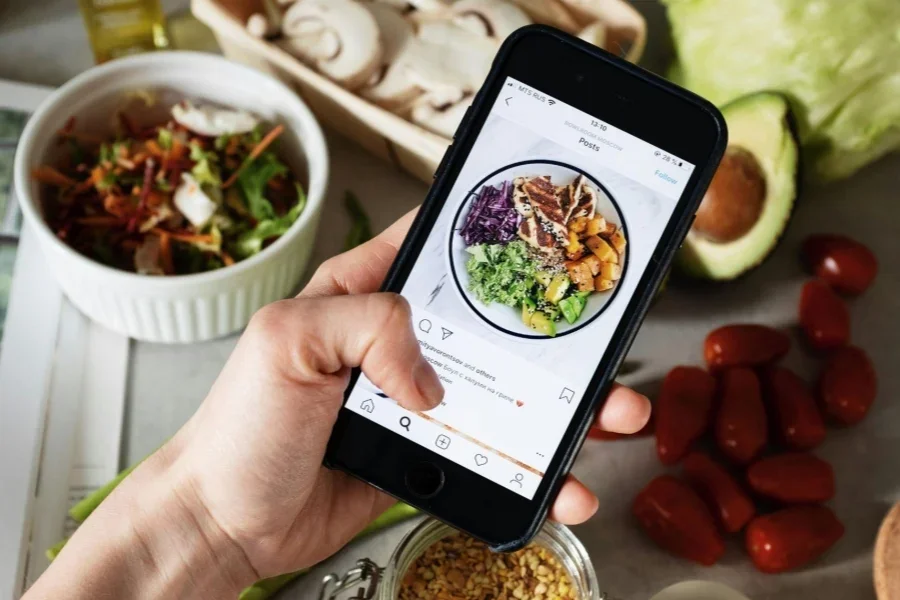
Instagram’s evolution from a photo-sharing app to a algorithmic engagement powerhouse demands radical strategy shifts. With 52.5% male users and 31.6% of the core 25-34 demographic driving its 5.5% YoY growth, the platform now prioritizes Reels-first content—outperforming static posts by 125% in reach. WGSN’s latest analysis reveals four non-negotiable pillars for brands: creator-fueled scalability, emotionally charged narratives, gated community experiences, and real-time cultural dialogue. This isn’t about chasing trends; it’s about engineering shareable moments in Instagram’s digital ecosystem where India’s 414 million users set behavioral precedents.
Table of Contents
Section 1: Creator Collaborations as Brand Amplification Engines
Section 2: Engineering Emotion Through Multi-Sensory Content
Section 3: Gated Experiences Driving Exclusivity
Section 4: Real-Time Dialogue Dominance via Threads
Conclusion
Section 1: Creator Collaborations as Brand Amplification Engines
Instagram’s algorithm now inherently prioritizes creator content, with 79% of marketers leveraging these partnerships to bypass organic reach limitations. The platform’s direct investment in creators—exemplified by 2025 collaborations with musicians like Rosalía—signals a shift toward co-owned IP development. Denim brand Peachy Den’s collaboration with Chicken Shop Date illustrates this symbiosis: their joint limited-edition jumpsuit sold out in 11 minutes after creator Amelia Dimoldenberg embedded the product within her signature awkward-interview format. The collection generated 42K user-generated tags without paid media support.

Golden Goose took a different approach by activating niche micro-influencers like @90s Anxiety. Instead of traditional product seeding, they co-designed a retro-themed pop-up in Milan where attendees could customize sneakers using vintage stickers and VHS-themed packaging. This generated 27K Reels tagged #GoldenGooseMemories, with 89% coming from accounts under 10K followers—proving localized creator activations drive higher perceived authenticity than celebrity campaigns.
Section 2: Engineering Emotion Through Multi-Sensory Content
Kantar’s research confirms emotionally charged Instagram content boosts brand equity impact by 4x, but WGSN’s analysis reveals distinct emotional “triggers”: awe (43% engagement lift), nostalgia (31% lift), and serenity (27% lift). Luxury house Loewe weaponized awe during Milan Design Week 2024 with a 15-meter suspended balloon sculpture that “crashed” into their storefront. Attendees’ Reels showing the collision accumulated 2.1 million views within 72 hours, with sound design intensifying the shock factor—a low-frequency rumble heard through headphones made viewers’ phones vibrate physically.

Meanwhile, Hermès partnered with Tokyo-based animator Rei Yamamoto to transform seasonal scarves into hypnotic looping Reels. Each animation incorporated ASMR-inspired textures: the whisper of silk, the scrape of a metal zipper, and raindrop-like percussion synced to product movements. These deliberately soothing sequences averaged 37 seconds—well beyond Reels’ typical 5-7 second attention span—yet achieved a 92% retention rate by triggering dopamine responses through auditory texture.
Section 3: Gated Experiences Driving Exclusivity
Instagram’s Close Friends function has evolved into brands’ most potent retention tool, with WGSN reporting a 68% higher story completion rate for locked content versus public posts. Dior’s VIP strategy demonstrates this: clients receive physical golden keys unlocking exclusive Reels collections like behind-the-scenes footage of Jennifer Lawrence’s campaign shoot. A single locked Reel for their Lunar New Year collection generated 12K screenshot shares—despite platform restrictions—as users flaunted access across WhatsApp and WeChat.

Music superstar The Weeknd took exclusivity further by password-protecting entire Reel hubs. Fans who pre-ordered his album “The Threshold” received QR codes granting access to cinematic prequel films. This created a secondary engagement loop: viewers recorded reaction videos outside the “gate,” driving 516K organic searches for #TheWeekndAccessCode. Smaller brands like London-based Diet Paratha replicated this via cultural paywalls, requiring users to answer South Asian culinary trivia to view recipe Reels—filtering audiences while increasing perceived brand value.
Section 4: Real-Time Dialogue Dominance via Threads
Instagram’s weaponization of real-time cultural moments is epitomized by Threads, where brands like Formula 1 achieve 3.2x higher engagement than Twitter/X. During the Monaco Grand Prix, F1’s live commentary blended race analytics with meme reactions—like comparing driver Lando Norris’ helmet design to a “glitched TikTok filter”—resulting in 41K quote reposts. Their secret? Humanizing data: pit-stop times translated into “how many croissants you could eat” metrics.

Fashion watchdog @stylenotcom elevated Threads into a newsroom, breaking designers’ contract rumors through investigative Reels. One exposé on a luxury brand’s production ethics combined factory footage with supply chain documents in a 23-part Thread sequence. It garnered 289K shares despite zero paid promotion, proving Instagram’s advantage as a closed-ecosystem breaking news hub. Louis Vuitton merged both approaches during Paris Fashion Week, streaming backstage via Live while designers answered audience questions via coordinated Thread drops—hybridizing urgency and intimacy.
Conclusion
Instagram’s 2025 playbook demands algorithmic empathy: understanding that Reels’ 125% engagement advantage stems from engineered emotional resonance, not vanity metrics. Success belongs to brands sculpting collaborative creator ecosystems (Golden Goose), multi-sensory stories (Hermès), and gated experiences (Dior) while dominating real-time conversations (F1). As India’s 414 million users and Gen Z’s preference for Close Friends intimacy reshape the platform, static content strategies face obsolescence. The victors will treat Instagram not as a channel, but as a dynamic cultural nerve center—where every trend response must be as fluid as the algorithm itself.





